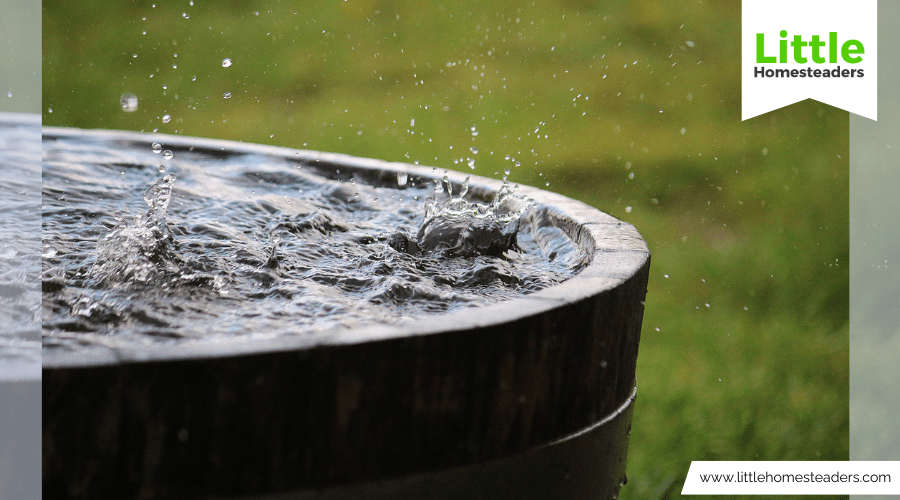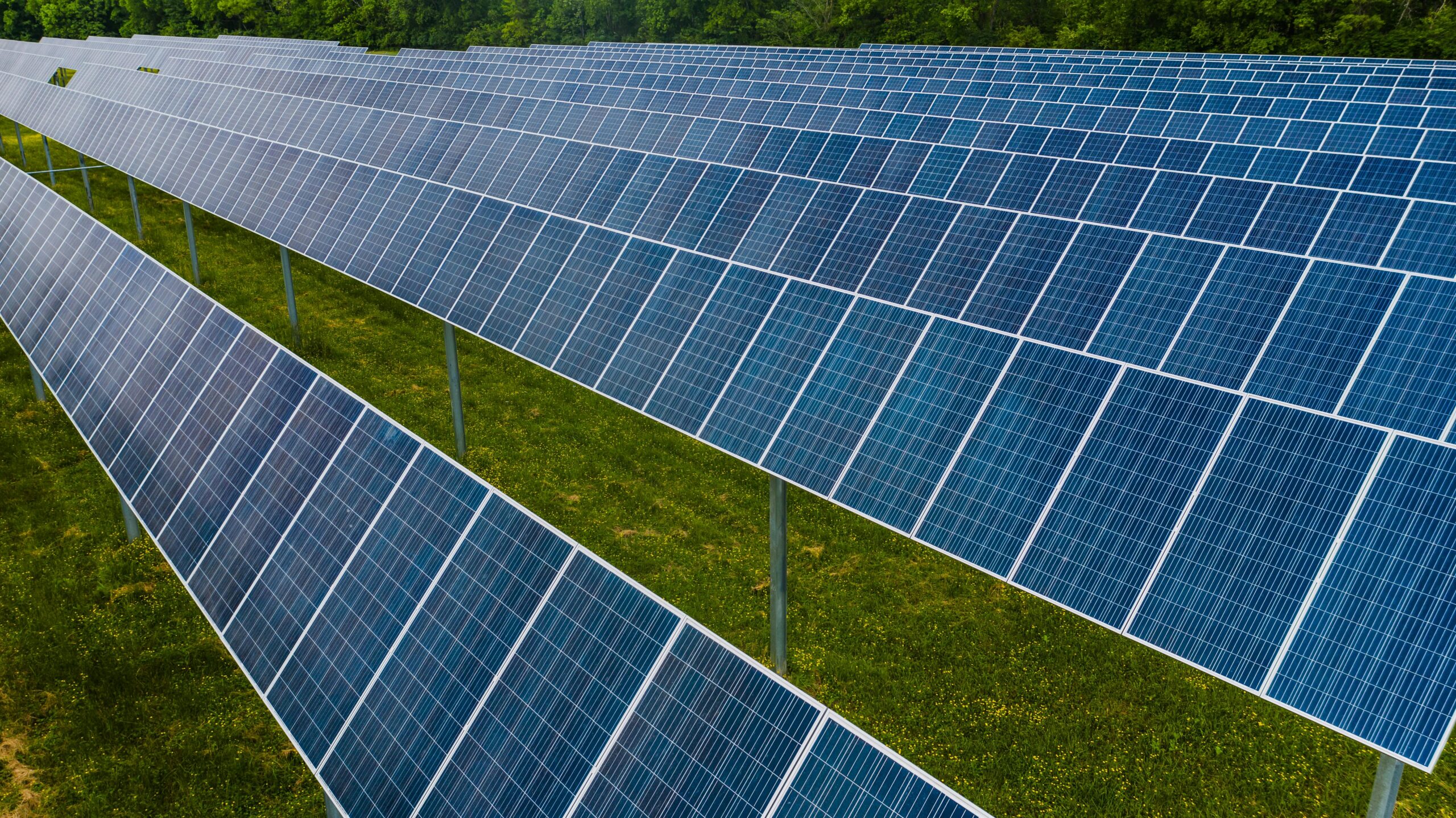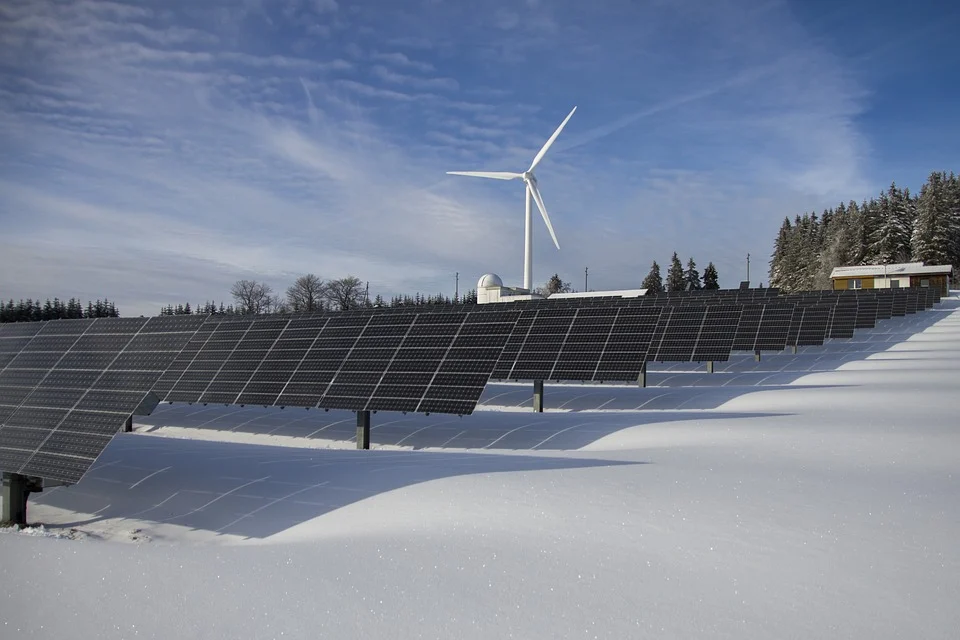Off-Grid Energy Solutions for Homesteads: Sustainable Power Options
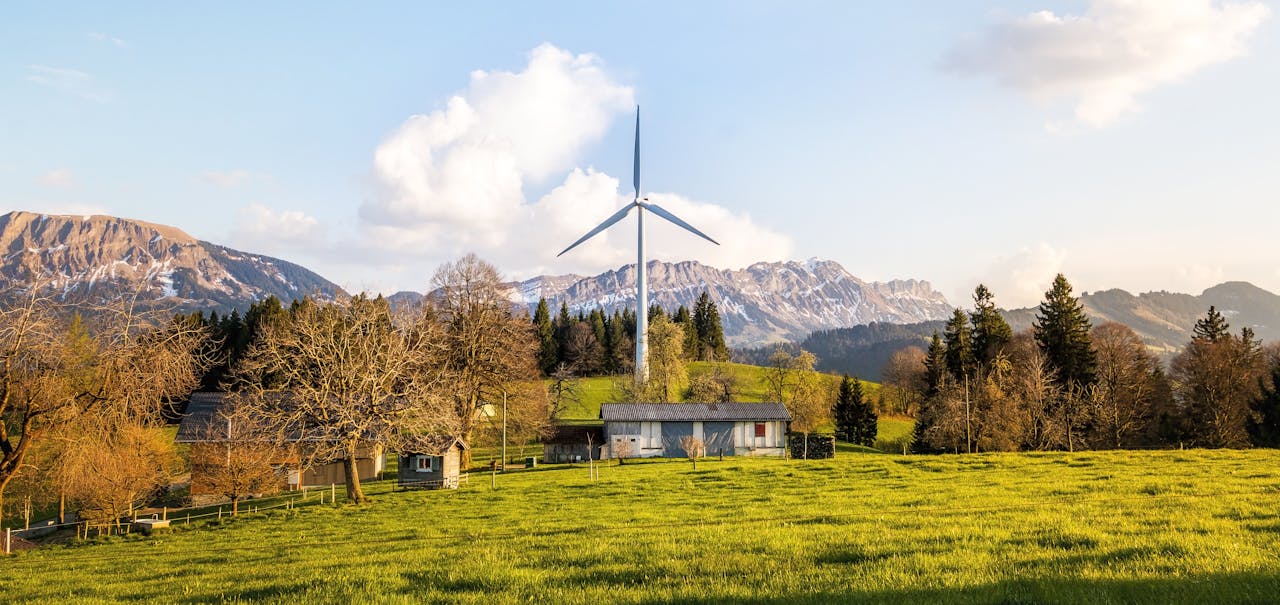
For many, living off the grid is more than just a practical solution—it’s a lifestyle choice rooted in sustainability, independence, and self-reliance. Whether you’re starting a new homestead or upgrading an existing one, finding the right off-grid energy solution can be a game-changer. It’s about more than cutting ties with traditional utilities; it’s about creating a resilient, eco-friendly way of life that works for you and your environment.
From harnessing the power of the sun and wind to tapping into the energy of flowing water or organic waste, there’s a wide range of technologies to help you achieve energy independence. With a little planning and the right combination of solutions, you can build a reliable and sustainable energy system tailored to your homestead’s unique needs.
In this guide, we’ll explore the top off-grid energy options available today—solar power, wind energy, micro-hydro systems, biomass, geothermal, and more. We’ll break down their benefits, challenges, and key considerations. Let us help you decide how you can take the next step toward a self-sufficient and sustainable future.
What Are Off-Grid Energy Solutions?
Off-grid energy systems are designed to operate independently of centralized power grids. These systems generate and store energy on-site, providing electricity for homesteads located far from urban infrastructure—or for those who simply prefer energy autonomy. Here are the benefits of having off-grid energy sources:
- Energy Independence: Eliminate reliance on utility companies and enjoy freedom from fluctuating electricity prices and grid outages.
- Eco-Friendly Living: Off-grid solutions use renewable resources, significantly reducing your carbon footprint.
- Long-Term Savings: Though initial installation can be costly, off-grid systems often pay for themselves over time through energy savings.
- Self-Sufficiency: Build a homestead that can thrive even during emergencies or natural disasters.
By choosing the right off-grid energy mix, you can create a power system tailored to your specific environmental conditions and energy needs.
Solar Power Systems
Solar power is one of the most widely adopted off-grid solutions. Its reliability, scalability, and ease of installation make it an excellent choice for both rural and suburban homesteads.
How It Works
A solar power system includes:
- Photovoltaic Panels: Capture sunlight and convert it into direct current (DC) electricity.
- Inverters: Transform DC electricity into alternating current (AC) electricity, which powers household appliances.
- Battery Storage: Stores excess energy for use during cloudy days or nighttime.
- Charge Controllers: Regulate electricity flow to prevent overcharging the battery bank.
Why Choose Solar?
- Renewable and Clean: Solar energy produces no greenhouse gas emissions, making it an environmentally friendly option.
- Durable and Long-Lasting: High-quality panels can last 25 years or more with minimal maintenance.
- Customizable and Scalable: Systems can be designed to meet your specific power requirements, whether you’re powering a small cabin or a large homestead.
Things to Consider
- Upfront Costs: Installation can range from $10,000 to $30,000, depending on system size and complexity.
- Efficiency: Most panels operate at 22%-46% efficiency, influenced by location and weather.
- Seasonal Variations: Solar energy output may fluctuate during the winter or during extended periods of cloudy weather.
- Installation Location: Panels require sufficient sunlight exposure, typically on rooftops or open land.
Adding solar energy to your homestead is a proven and reliable way to begin transitioning to off-grid living.
Wind Energy
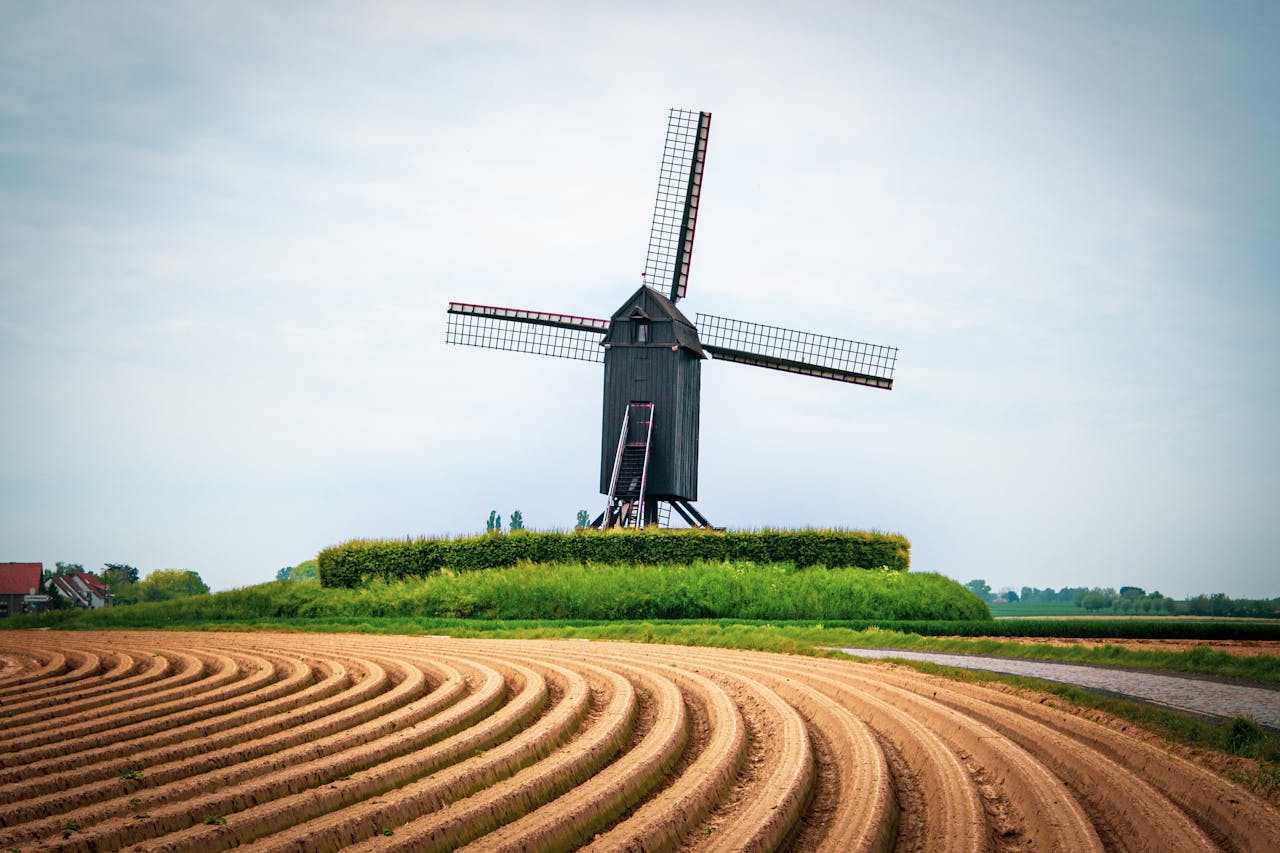
For homesteads with steady wind conditions, wind energy is a powerful and sustainable option. Wind turbines convert kinetic energy from moving air into electricity, providing consistent power in suitable environments.
How It Works
- Turbine Blades: Capture wind energy and spin a rotor.
- Generator: Converts the rotational energy from the rotor into electricity.
- Battery Storage: Excess electricity is stored for later use, ensuring power availability during low-wind periods.
Why Choose Wind?
- Efficient in Windy Areas: Turbines can generate significant electricity in regions with average wind speeds of 10 mph or higher.
- Complementary to Solar: Wind power often peaks during seasons or times when solar output is low, creating a balanced energy system.
- Durable and Reliable: Modern turbines are designed to withstand harsh weather conditions and can last up to 20 years with proper maintenance.
Things to Consider
- Initial Investment: Costs range from $15,000 to $80,000, depending on the system’s capacity.
- Space Requirements: Open land with minimal obstructions is essential for optimal turbine performance.
- Maintenance Needs: Turbines require periodic checks, especially after storms, and servicing may need professional expertise.
- Noise and Aesthetics: Consider the potential noise and visual impact on your homestead.
Pairing wind turbines with solar panels creates a hybrid energy system that maximizes production throughout the year.
Micro-Hydro Electricity Generation
For homesteads near running water, micro-hydro systems are one of the most reliable and cost-effective off-grid solutions. By converting the kinetic energy of flowing water into electricity, these systems provide a consistent power supply.
How It Works
- Water Flow: A turbine captures the energy from flowing water.
- Generator: Converts the mechanical energy into electrical energy.
- Storage System: Excess electricity is stored in batteries for later use.
Why Choose Micro-Hydro?
- Reliable Power Source: Unlike solar or wind, which depend on weather conditions, water flow is typically steady year-round.
- High Energy Efficiency: Small-scale hydro systems can achieve efficiency levels of up to 90%.
- Low Operating Costs: After installation, micro-hydro systems are relatively inexpensive to maintain.
Things to Consider
- Site Suitability: Success depends on the flow rate and vertical drop (head height) of the water source.
- Permits and Regulations: Local authorities may require permits for water usage.
- Seasonal Variability: Droughts or freezing temperatures can affect water flow.
- Installation Costs: While often more affordable than wind or solar, site preparation can add to costs.
Micro-hydro systems are particularly advantageous for homesteads with consistent access to streams, offering a dependable and eco-friendly energy solution.
Biomass and Biogas
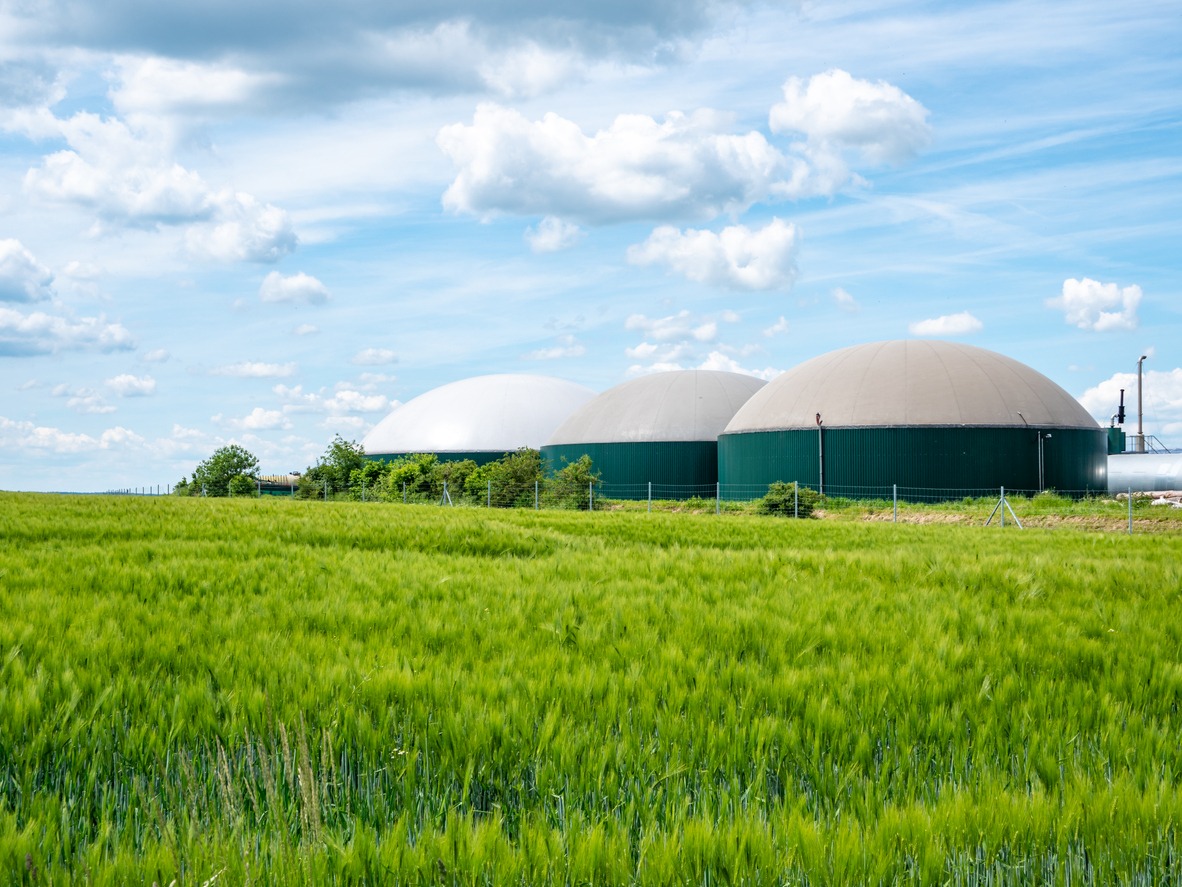
Biomass and biogas systems transform organic materials into usable energy, making them an excellent choice for homesteads focused on recycling and sustainability.
How It Works
- Biomass Conversion: Organic materials like wood or agricultural waste are burned or gasified to produce heat and electricity.
- Biogas Generation: Anaerobic digestion of organic waste (e.g., manure, food scraps) produces methane for cooking and heating.
- Energy Storage: Energy can be stored for later use in cooking, heating, or powering small generators.
Why Choose Biomass/Biogas?
- Waste Reduction: These systems recycle organic waste into energy, minimizing waste on your property.
- Versatility: Biomass can generate electricity, heat, or fuel, while biogas is ideal for cooking and heating.
- Affordable Options: Small-scale systems like HomeBiogas are budget-friendly and easy to operate.
Things to Consider
- Fuel Availability: Systems require a consistent supply of organic material.
- Environmental Impact: Improper use of biomass can contribute to air pollution; proper systems mitigate this issue.
- Maintenance Needs: Regularly clearing ash or residue ensures efficient operation.
Biomass and biogas systems are practical and sustainable solutions for homesteaders who want to reduce waste while generating energy.
Geothermal Heat Pump
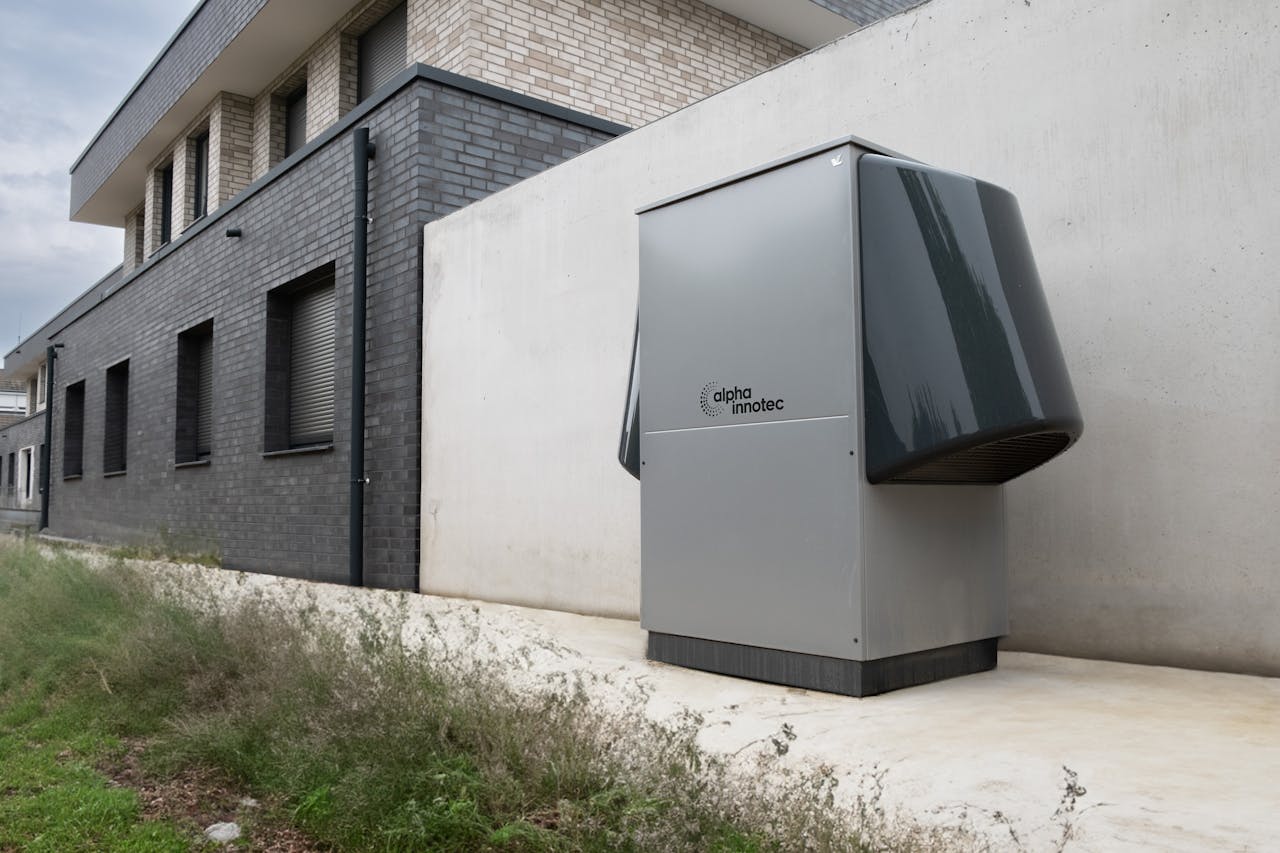
Geothermal systems offer an innovative way to heat and cool your homestead using the Earth's natural temperatures.
How It Works
- Ground Loops: Pipes buried underground circulate fluid, absorbing heat in the winter and dispersing it in the summer.
- Heat Pump: Transfers the absorbed heat to your home for heating or cooling.
- Distribution System: Delivers the energy via ducts or radiant floor heating.
Why Choose Geothermal?
- Energy Efficiency: Delivers four units of energy for every unit consumed, making it one of the most efficient systems available.
- Year-Round Performance: Functions reliably in various climates, unaffected by weather conditions.
- Durability: Systems often last 20-25 years with minimal maintenance.
Things to Consider
- Installation Costs: Can range from $10,000 to $30,000, with excavation adding to expenses.
- Land Requirements: Horizontal systems need significant space; vertical systems require drilling.
- Complementary Use: Geothermal systems reduce overall energy consumption and work well with other off-grid solutions.
Geothermal heat pumps are a long-term investment that significantly reduces your reliance on fossil fuels.
Battery Storage for Off-Grid Living
Energy storage is the backbone of any off-grid system, ensuring consistent power availability.
How It Works
- Energy Collection: Batteries store excess electricity generated by renewable systems.
- Energy Usage: Power is drawn from the battery bank during low-production periods.
- Management Systems: Advanced systems optimize energy distribution and storage.
Why Choose Battery Storage?
- Reliable Backup: Ensures electricity during cloudy days, calm winds, or nights.
- Efficient Options: Lithium-ion batteries offer high efficiency and longer lifespans compared to traditional lead-acid batteries.
- Improved System Resilience: Paired with renewable energy, batteries enhance overall system reliability.
Things to Consider
- Cost: Lithium-ion batteries are expensive but require less maintenance and have longer lifespans.
- Sizing: Properly size your battery bank to match energy needs and production patterns.
- Maintenance: Regular inspections and eventual replacements are necessary to ensure system efficiency.
Battery storage systems are essential for any off-grid setup, providing the reliability needed for uninterrupted power.
Hybrid Renewable Energy Setups
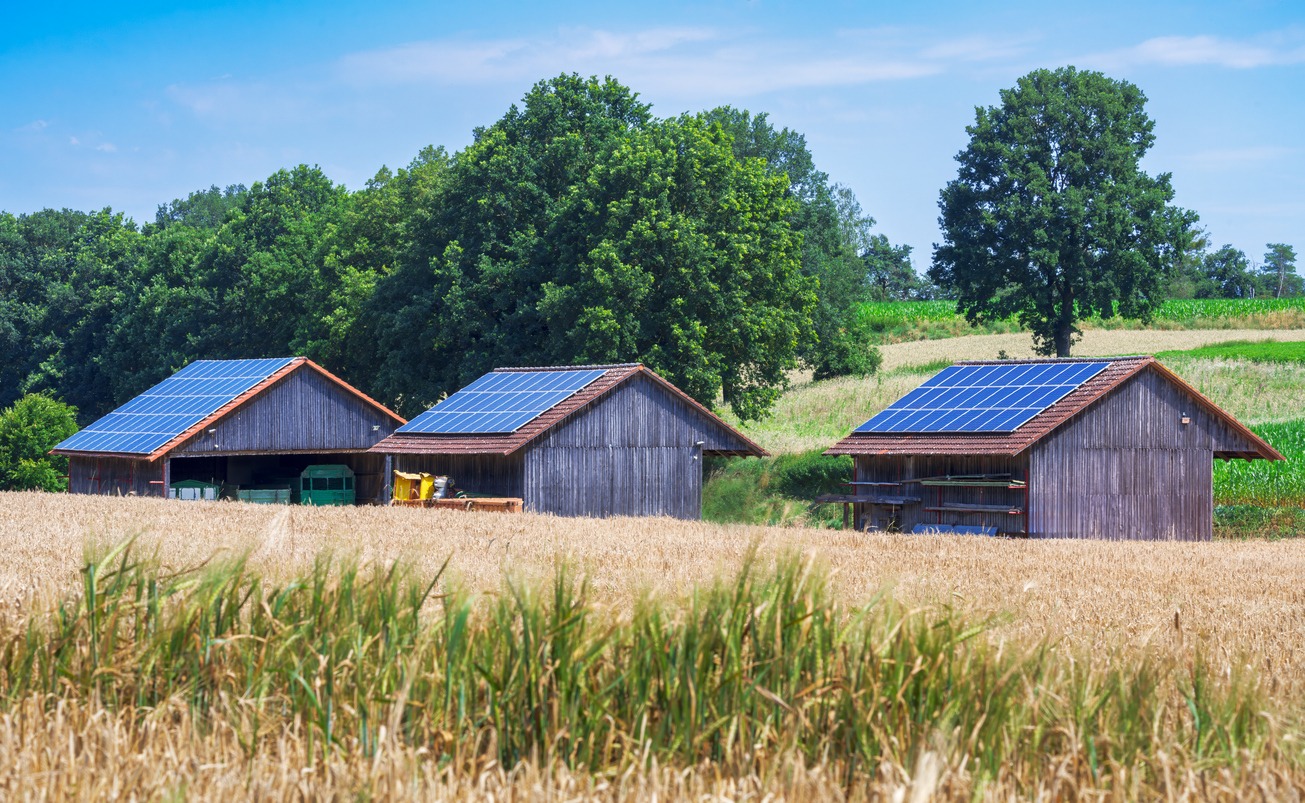
Combining multiple renewable energy sources into a hybrid system maximizes efficiency and reliability for your homestead.
Why Choose Hybrid Systems?
- Diverse Energy Sources: Solar, wind, and hydro complement each other, minimizing energy shortages.
- Consistent Power Supply: Reduces reliance on a single energy source, ensuring availability year-round.
- Tailored Solutions: Systems can be customized to suit your property’s unique environmental conditions.
How to Design a Hybrid System
- Assess Resources: Evaluate sunlight, wind conditions, and water availability.
- Select Components: Combine solar panels, wind turbines, and/or micro-hydro systems for optimal output.
- Incorporate Storage: Add a robust battery system to ensure consistent power.
Hybrid systems offer the ultimate in energy resilience, making them an excellent choice for homesteaders seeking reliability and flexibility.
Conclusion
Off-grid energy solutions empower homesteaders to live sustainably and independently. By exploring options like solar, wind, micro-hydro, biomass, geothermal, and hybrid systems, you can build a customized power system that meets your energy needs. Evaluate your property, consult experts, and start your journey toward a more self-sufficient lifestyle today.

